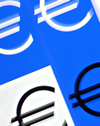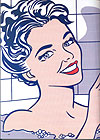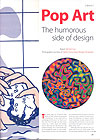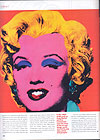




Exerpt from 'Pop Art, the humorous side of design'
The word 'pop', as in Pop Art, Pop Music or Pop Culture has acquired a meaning in its own right, with a symbology all of its own. So much so, in fact, that even though we hear these words on a daily basis, we seldom realise that they are derived from the original 'popular'. Thus interpreted, Pop Art is revealed for what it is, not a superfluous, plastic art form but the popular art movement that sought to give the common man a medium of expression. Given this definition, its subject matter might naturally include material from everyday life, yet Pop Art is also diverse and serious enough to encompass veritable works of art.
Although distinctly 'popular', and currently very much in vogue again, Pop Art has always suffered a bit of an image problem. Its professional detractors, the cognoscenti who were affronted by its attack on conventional 'high art', looked down upon it, while even the public at large finds it fun and wacky but seldom takes it seriously enough as an art form. In contrast to other rebellious movements such as Surrealism, Cubism and Machinism, which sought to shake the establishment at its roots, Pop Art has never quite been able to shake off its cartoon-like and 'poppy' image. This is not to say that the movement, its exponents and their creations never achieved critical acclaim and artistic credibility, quite the contrary. In the 1960's artists such as Andy Warhol and Roy Lichtenstein were the toast of the art and design world, courted by pop stars, actors and groupies.
© Michel Cruz





